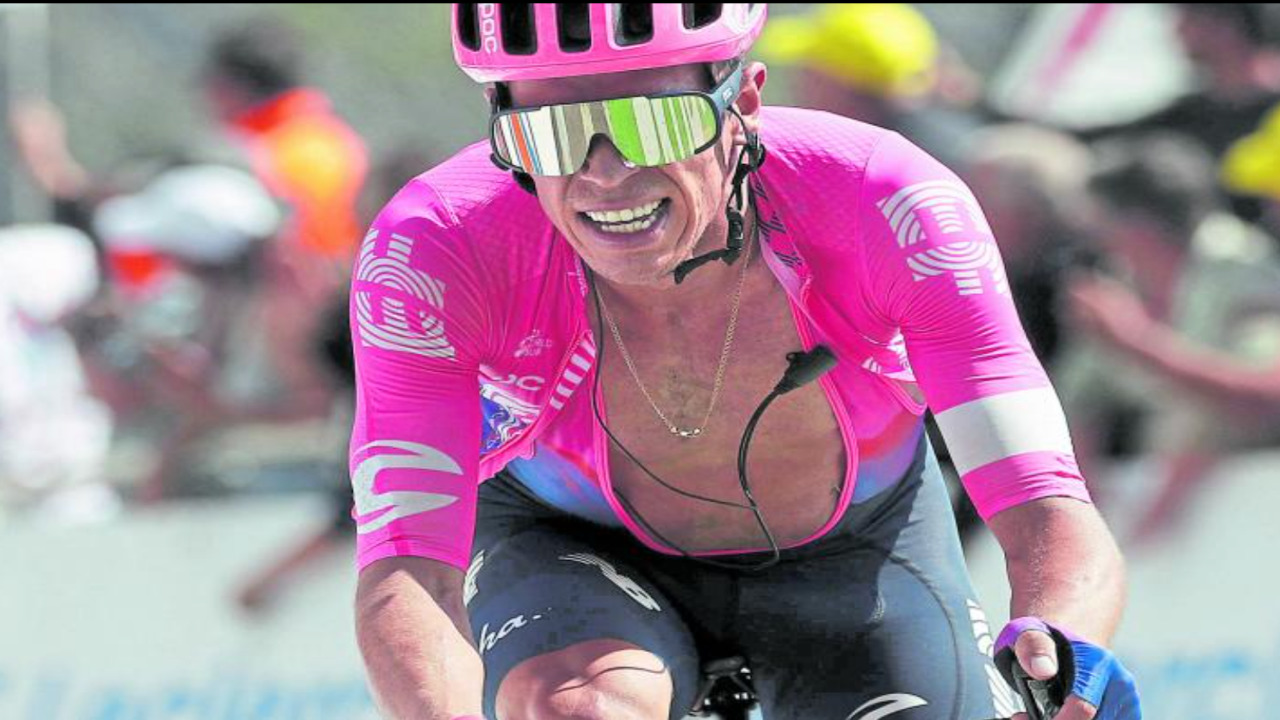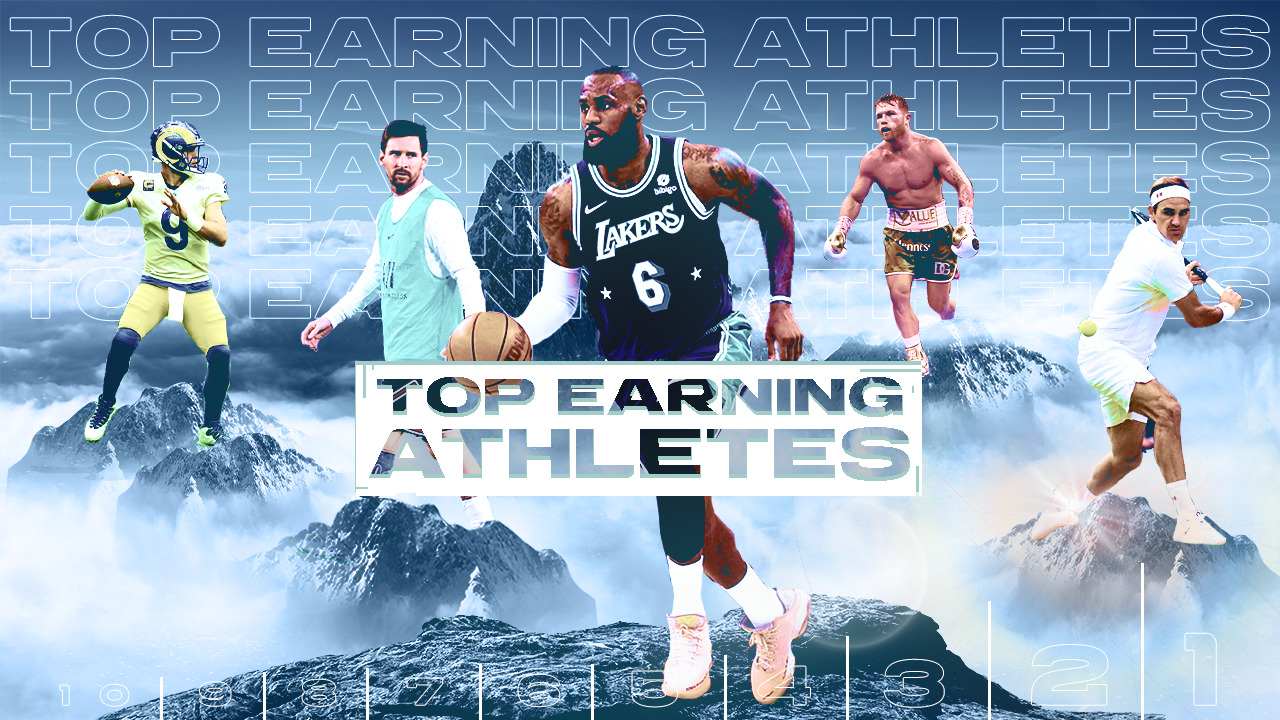People find it fascinating to read about people who have overcome great obstacles and done amazing things. This is never more obvious than in the realm of sports. In many ways, influencer marketing today began with athlete marketing. Nowadays, social networks have expanded the audience of sports producers in such a way that the ones with just 1,000 subscribers can have a great impact on dedicated populations.
Athlete influencers – who are they

Athletes that have a thriving online presence and an active online community are called athlete creators. While certain athlete makers are famous sports personalities with huge fan bases, others are fitness professionals with a smaller but more loyal following that can help to gain Instagram followers organically. Sports personalities can use social networks to inform their fans, manage their reputation, create unique content, run their own brands, or everything in between. As they often create tendencies and influence the buying behaviour of consumers, athletes are sometimes called influencers.
Social networks athletes

Athletes started using social networks at the beginning of the 21st century. Up to 2010, most sports stars were using their own Facebook or Twitter profiles, though it wasn’t immediately clear how many followers athletes need to make money as influencers. Because each platform included verified accounts to protect known users from others who created fake profiles on behalf of athletes, athlete-influence marketing on social media succeeded. Before 2015, many of the biggest sites such as Facebook, Instagram, Twitter, and YouTube had introduced authenticated ID badges for famous people and notable artists. Soon, sports managers recommended their players interact with viewers on social networks. A closer look into the private side of their beloved athletes’ lives has been well-received by the public. Sportsmen as representatives of brands now have a unique marketplace to promote their products via social networks.
Creators of athletes during the epidemic
COVID-19’s arrival resulted in lockdowns, postponements, and even game cancellations for several biggest athletic events in the globe. For the most part, regular sports events resumed on a reduced schedule and lacked the benefit of a real crowd. Seeking to get in touch with their preferred players, fans tuned in to the online broadcast prior to, within and following the matches. However, thanks to social networks and more flexible timetables, athletes have longer periods of time for private online contact with fans. To assist individuals to maintain their health while cooped up at home, they also influenced trends for at-home workouts.
How athletes may assist companies
It’s essential to have an understanding of your goals for your players before looking for athlete developers. While these influencers can help with conversions, many of them are also capable of doing much more, such as building brand awareness, promoting special events, boosting website traffic, educating audiences about good products and best practices, and producing compelling lifestyle content with your product as a central element. Once you’ve established your campaign goals, take some time to deconstruct each one into KPIs. You may use these KPIs to determine which measures show marketing performance. Sports influencers may elicit a passionate response from followers, whether they are advertising a product specific to sports or generating buzz among a group that adores athletics.

